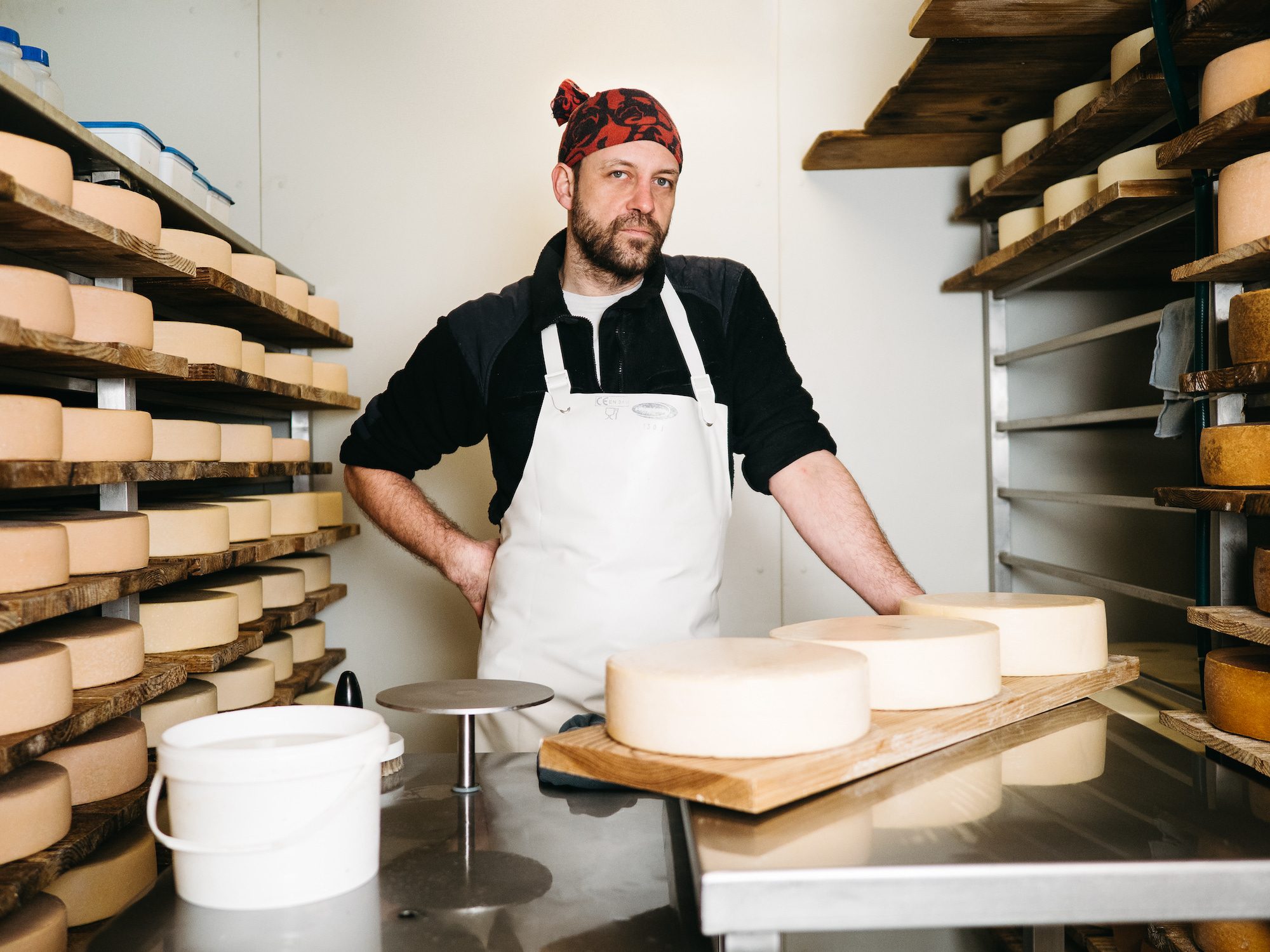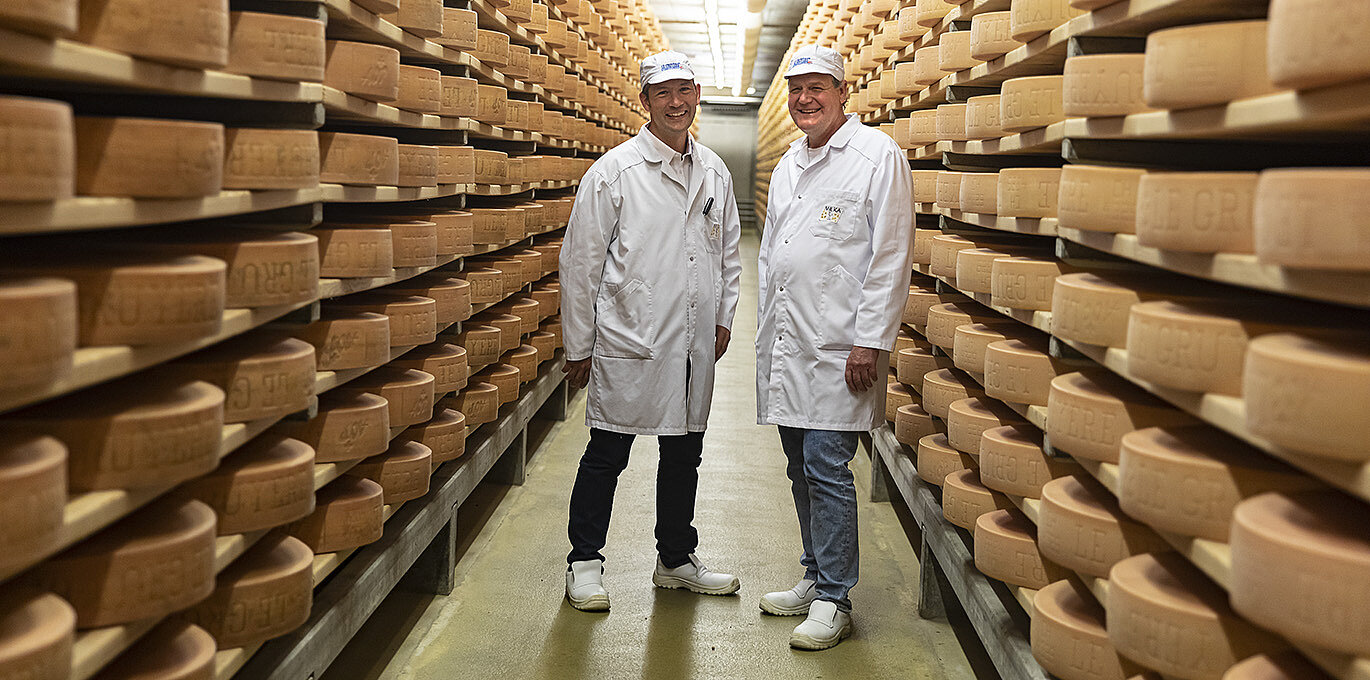From Thomastown to Your Table: The Quality of Floridia Cheese Melbourne
From Thomastown to Your Table: The Quality of Floridia Cheese Melbourne
Blog Article
Unlocking the Tricks of Artisanal Cheese Making: A Step-by-Step DIY Guide
In the world of culinary workmanship, artisanal cheese making stands as a testimony to the delicate balance between custom and innovation. As we embark on this journey to debunk the art of developing splendid cheeses, we are faced with a tapestry of abilities and secrets waiting to be unraveled.
Choosing the Right Milk
When beginning on the trip of artisanal cheese making, the selection of milk plays an important role in establishing the high quality and characteristics of the last product. The type of milk chosen influences the flavor, appearance, and overall profile of the cheese.
When selecting milk for cheese making, it is essential to think about the fat content. Greater fat content in milk can result in a creamier and richer cheese, while lower fat content may cause a drier and firmer texture. Furthermore, the source of the milk, whether from cows, goats, sheep, or buffalo, adds distinct flavors and features to the cheese (Melbourne Made Cheese). Each type of milk brings its very own nuances, permitting a large range of cheese ranges to be crafted based upon the chosen milk. Eventually, the choice of milk is a basic decision that establishes the structure for an effective artisanal cheese-making endeavor.
Culturing and Coagulating
To initiate the cheese-making procedure, the crucial actions of culturing and coagulating have to be meticulously implemented to change milk into curds and whey. The kind of society made use of can dramatically influence the taste, texture, and ripening of the last cheese item.

The timing and temperature level control during culturing and coagulation are vital elements that affect the last outcome of the cheese. Proper implementation of these steps is vital to make sure the desired appearance, taste, and consistency of the artisanal cheese being generated.
Draining Pipes and Pushing Curds
After the milk healthy proteins have actually coagulated and the curds have been cut to launch whey, the next important action in artisanal cheese making involves draining pipes and pushing the curds to attain the preferred texture and consistency of the final cheese item. Draining is the procedure of dividing the curds from the whey. This can be done by moving the curds into a cheesecloth-lined bowl-shaped sieve or mold and mildew and permitting the whey to drain pipes off normally. The time Home Page for draining pipes can differ relying on the kind of cheese being made and the preferred wetness web content.
Pushing helps expel any type of remaining whey and compacts the curds to create a solid cheese wheel. Proper pressing and draining are critical actions that considerably influence the quality and attributes of the artisanal cheese being produced.
Aging and Flavoring Techniques
Applying thorough aging and flavor techniques is essential in enhancing the depth and complexity of artisanal cheeses, elevating their taste profiles to beautiful degrees of improvement and refinement. Aging plays a vital duty in creating the unique flavors and textures that differentiate artisanal cheeses.
Flavoring strategies also contribute considerably to the final taste of the original source artisanal cheeses. Cheesemakers may choose to present extra tastes by integrating ingredients such as herbs, flavors, and even fruits right into celebrity during the manufacturing process. Additionally, some cheeses are washed or massaged with numerous liquids, such as brine or alcohol, to boost their tastes and appearances.
Covering and Storing Cheeses

Verdict
In verdict, understanding the art of artisanal cheese making entails very carefully choosing the appropriate milk, complying with precise culturing and coagulating processes, draining pipes and pressing curds properly, and using different aging and flavoring strategies. Keep in mind to cover and save your cheeses properly to guarantee ideal flavor and texture advancement.
Each kind of milk brings its very own subtleties, permitting for a wide variety of cheese ranges to be crafted based on the chosen milk.After the milk proteins have actually i loved this coagulated and the curds have actually been reduced to launch whey, the next important action in artisanal cheese making entails draining and pressing the curds to attain the preferred structure and uniformity of the final cheese item. Many cheeses should be wrapped in wax paper or cheese paper to allow them to breathe while shielding them from drying out. For cheeses that need to continue aging, such as bloomy skins or cleaned rinds, guarantee they are stored in a trendy environment like a cheese cave or a refrigerator set to the ideal temperature. By paying attention to the covering and storage space of artisanal cheeses, cheese makers and lovers can preserve the stability of these specials and completely enjoy their complicated flavors.
Report this page